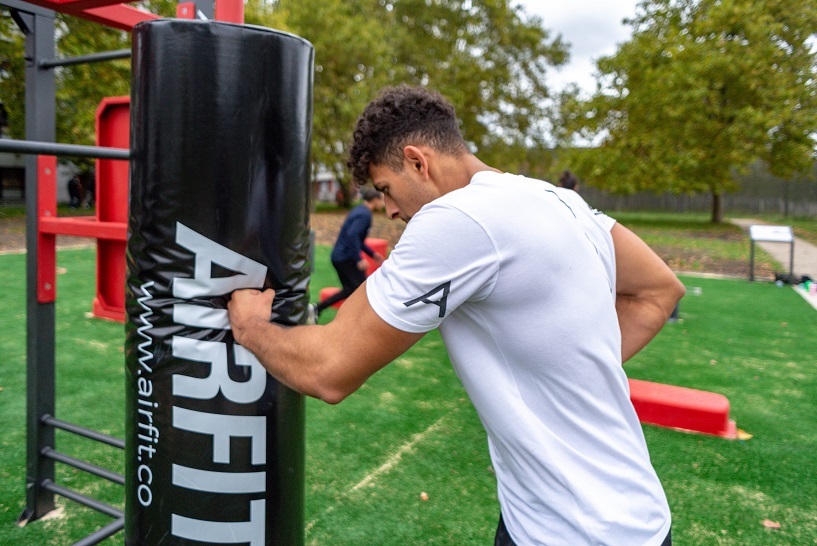We distinguished four types of fitness customers clustered around elements like motivation, personalization, price consciousness, time sensitivity, and desire for innovation from McKinsey & Company’s recent report, Sweating for the Fitness Consumer. In order to win in the future, fitness players should know their clients’ archetype and fulfill the customers’ needs.
Wellness Enthusiast (23%) - This customer sees mental and physical wellbeing as a priority in life. They are motivated by performance, identity, or balance.
Researcher-experimenter (10%) - This customer is looking for innovation and unique experiences. They are early adopters of new products or services.
Traditionalist (11%) - This type of customer is loyal to their sport routines and habits. They do not adjust easily to changes.
- Passive Participant (55%) - For this customer, fitness is not a priority, but can try some fitness offerings. After building intrinsic motivations, they may change into one of the other archetypes.


